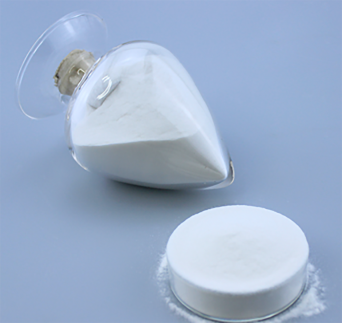
Oct . 16, 2024 17:33 Back to list
HPMC Market Trends and Growth Prospects in the Global Industry
The HPMC Market Trends, Opportunities, and Challenges
Hydroxypropyl Methylcellulose (HPMC) is a versatile and widely used cellulose ether with a range of applications across different industries, including pharmaceuticals, construction, food, and personal care. As the demand for high-performance and sustainable materials continues to rise, the HPMC market is experiencing significant growth. This article explores the current trends, opportunities, and challenges within the HPMC market, providing insights into its future outlook.
Overview of HPMC
HPMC is a non-ionic cellulose ether derived from natural cellulose through chemical modification. It functions as a thickener, binder, film-forming agent, and stabilizer, making it an essential ingredient in many formulations. In the pharmaceutical sector, HPMC is primarily utilized as a binder in tablet formulations and as a controlled-release agent. In construction, it is used in cement-based products for its water retention properties and workability. The food industry employs HPMC as an emulsifier and thickening agent, while personal care products utilize it for its film-forming capabilities and texture enhancement.
Market Trends
1. Growing Demand from the Pharmaceutical Industry With the rise in the global population and an increasing focus on healthcare, the demand for pharmaceutical products is surging. HPMC's role in the development of controlled-release and sustained-release formulations is particularly significant, as it allows for improved drug efficacy and patient compliance. This upward trend in the pharmaceutical sector is a major driver for the HPMC market.
2. Shift Towards Eco-Friendly Products As sustainability becomes a key concern for consumers and manufacturers alike, there is a growing preference for natural and biodegradable materials. HPMC is derived from cellulose, which is renewable and environmentally friendly, making it an attractive choice for businesses aiming to reduce their ecological footprint. This trend is fueling investments in HPMC production methods that are both sustainable and efficient.
3. Rise of the Construction Industry The global construction industry is projected to grow significantly in the coming years, driven by urbanization, infrastructure development, and increasing investments. HPMC’s properties ensure enhanced performance in construction applications, such as water retention in mortar and plasters, which is essential for improving the durability and strength of buildings. Thus, the expanding construction sector is providing a strong impetus for HPMC demand.
Opportunities in the HPMC Market
hpmc market

1. Research and Development There is vast potential for innovation within the HPMC sector. Ongoing research and development efforts aim to explore new applications and improve the performance characteristics of HPMC. Custom formulations tailored to specific industry needs could open new avenues for growth, particularly in niche markets.
2. Expanding Application Areas Beyond traditional applications, HPMC has emerging uses in sectors such as 3D printing, agriculture, and cosmetics. The increasing popularity of plant-based and clean-label products in the food and cosmetic industries presents a significant opportunity for HPMC producers to diversify their offerings and capture new market segments.
3. Global Market Expansion With expanding economies in Asia-Pacific, Latin America, and Africa, there is a burgeoning market for HPMC. Manufacturers can explore partnerships and regional expansions to tap into these emerging markets, where demand for construction materials and pharmaceuticals is escalating. Strategic collaborations with local companies can enhance market penetration and brand recognition.
Challenges in the HPMC Market
1. Price Volatility of Raw Materials The production of HPMC is dependent on cellulose, which can face price spikes due to various factors, including supply chain disruptions and demand fluctuations. This can affect the overall pricing of HPMC products, potentially squeezing margins for manufacturers.
2. Competition from Alternatives The HPMC market faces competition from various alternatives, including other hydrocolloids and synthetic polymers. As new materials are developed that offer similar or enhanced properties, HPMC manufacturers need to focus on innovation and added value to maintain competitiveness.
3. Regulatory Challenges Compliance with various regulations in different regions can be complex and resource-intensive. HPMC manufacturers must navigate these regulations while ensuring product quality and safety.
Conclusion
The HPMC market is poised for significant growth driven by expanding applications and increasing demand across several industries. However, companies need to be cognizant of challenges such as raw material costs and competition from alternative products. By focusing on innovation, sustainability, and market diversification, businesses can successfully navigate this dynamic landscape and harness the opportunities presented by this increasingly important market.
-
Versatile Hpmc Uses in Different Industries
NewsJun.19,2025
-
Redispersible Powder's Role in Enhancing Durability of Construction Products
NewsJun.19,2025
-
Hydroxyethyl Cellulose Applications Driving Green Industrial Processes
NewsJun.19,2025
-
Exploring Different Redispersible Polymer Powder
NewsJun.19,2025
-
Choosing the Right Mortar Bonding Agent
NewsJun.19,2025
-
Applications and Significance of China Hpmc in Modern Industries
NewsJun.19,2025







